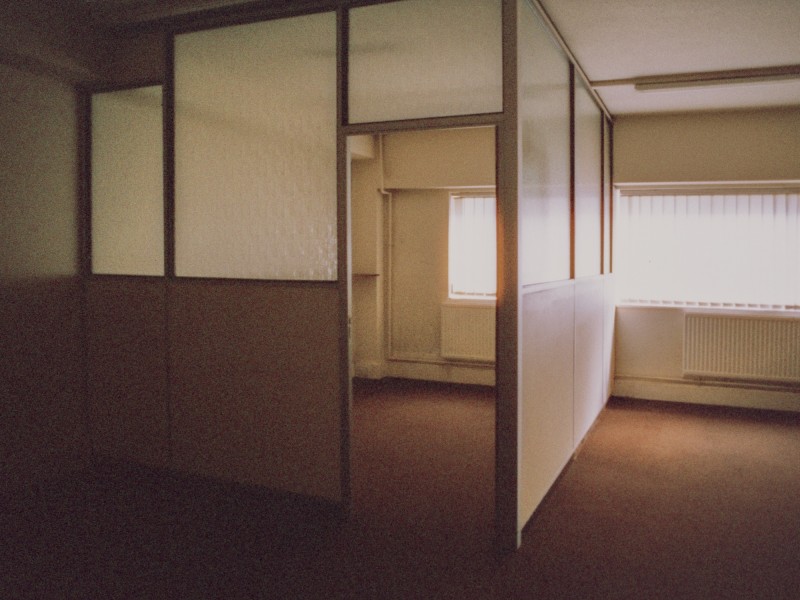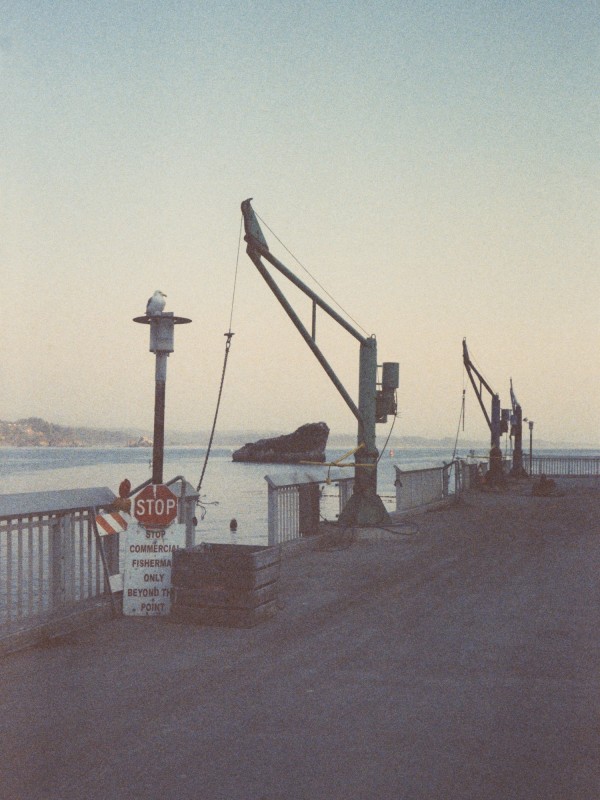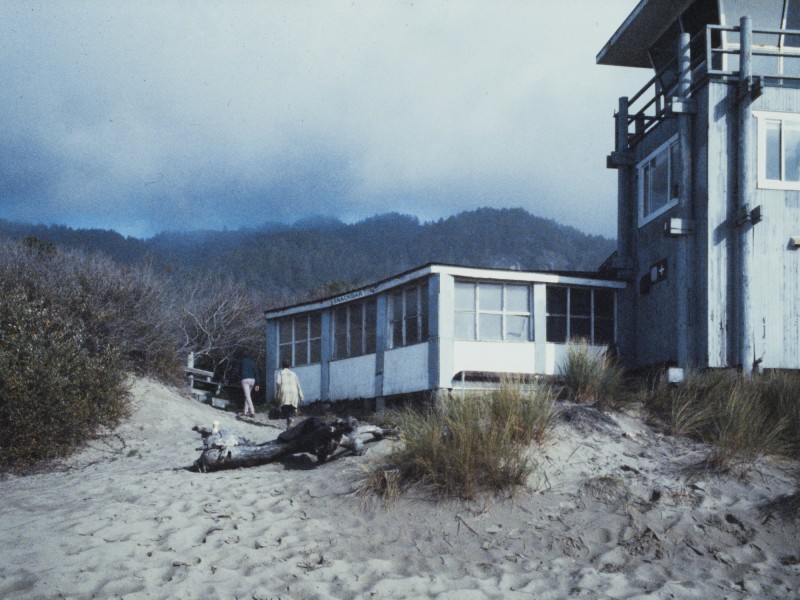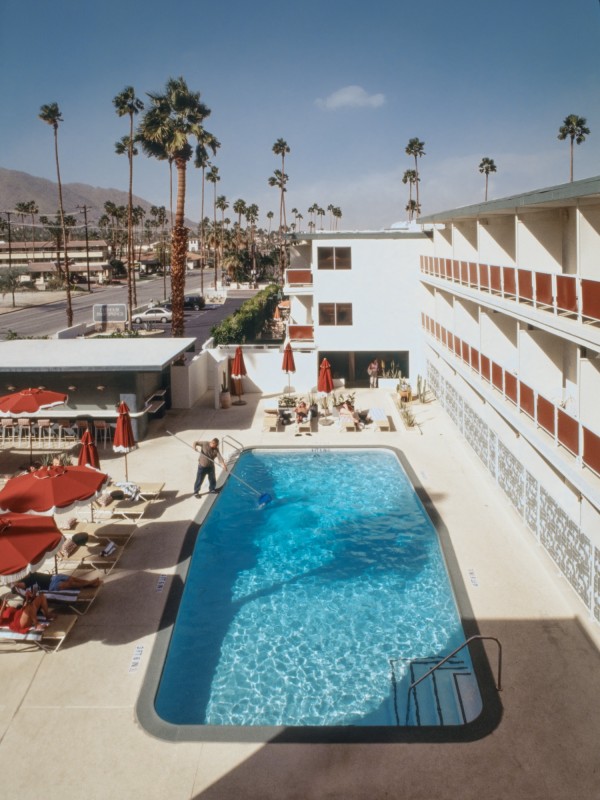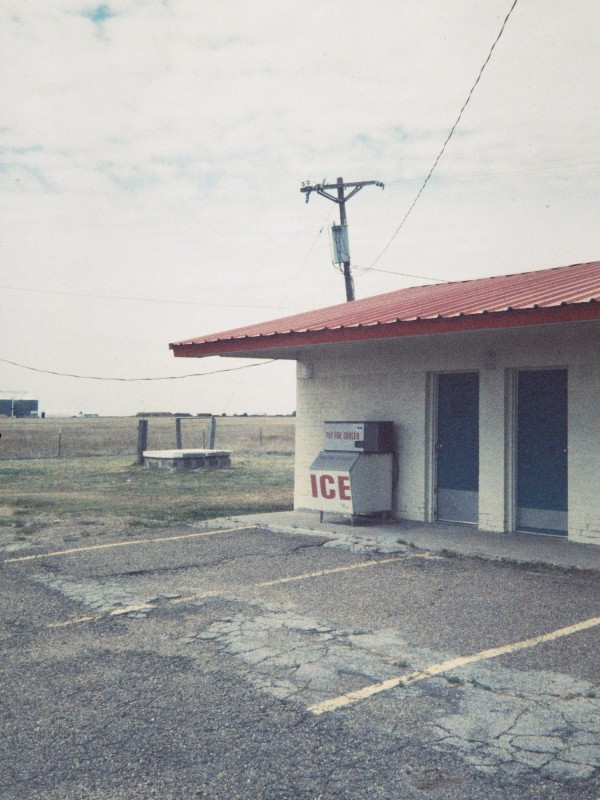Alive from the Desert
Alive from the Desert
Jason Kummerfeldt
August 27, 2024
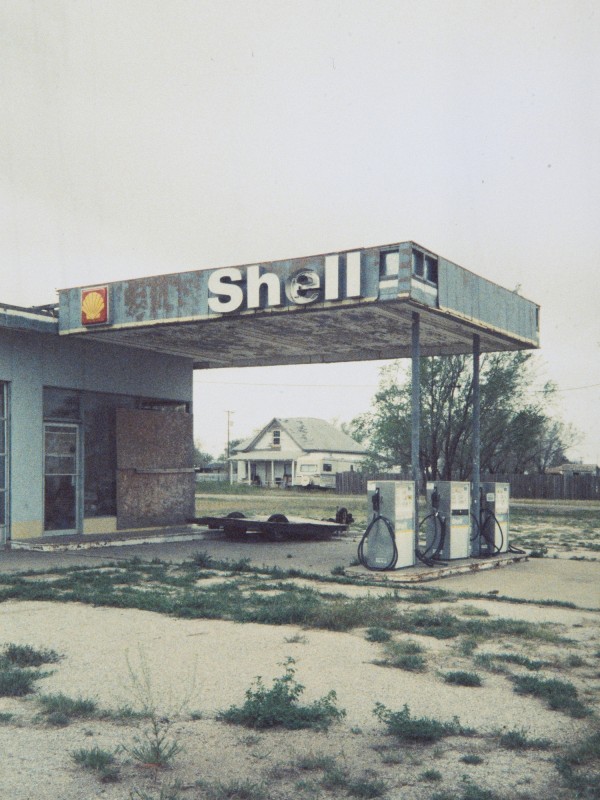
Jason Kummerfeldt: Alive From the Desert is about the effect of time wearing down familiar things. The series features many photos of abandoned or rural locale that were once home to many people residing in lost parts of the California Desert. These derelict buildings and remnants of the past will soon be gone, as the sands from the Mojave Desert blow over them with time. Olivia Huk, the gallery coordinator at Leica Nurnberg, and I came to the conclusion that this would be a good topic for an exhibition, as I have worked on the topic for many years, and it would all fit well together and have an obvious motif.
What criteria do you use to select your locations; and where do you find them?
My photography partner Caleb Knueven and I use a variety of approaches to finding photo locations. Other photographers often recommend locations to us, but more realistically we spend hours laboring over google maps, looking for structures or places of interest to photograph out in the desert. Sometimes we even arrive on location and find more interesting things that we couldn't see on Google Maps.
To what extent does an analogue camera create the desired “look” for your shots? How was it to work with it?
I shoot film for these locations because to me analogue looks like a memory of something that happened in the past, and we are often nostalgic about the past. I believe this look helps the audience project their own feelings about the topic and their own past onto the work.
What exactly did your equipment look like?
I have used a whole host of different gear over the years. A lot of my work in the gallery is shot on my trusty Leica M6, which has to be one of my most, if not the most, used cameras. In the gallery there are also some 8x10 large format sheets and 4x5 sheets,including some pieces taken on infrared film, in both color and black and white.
You show forgotten landscapes and abandoned structures; and even analogue cameras seemed to have disappeared with the boom of digitisation... How can you recapture both?
Recapturing both probably requires different approaches. As for the film cameras of yesteryear, it's as simple as picking up something and getting out there to explore and experiment with different looks, until you find the workflow you're after. Abandoned buildings are always a beautiful setting for film photography, as the topic is almost parallel to the history of film photography.
Jason Kummerfeldt+-
The 32-year-old photographer studied visual effects and animation, then worked in Hollywood, where he was involved in TV series and films, such as Loki and Batman. After leaving the film industry, he began to concentrate on his true passion: analogue photography. Pieces from his Alive from the Desert project remain on display at the Leica Gallery Nuremberg until October 19, 2024. More

